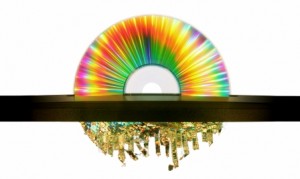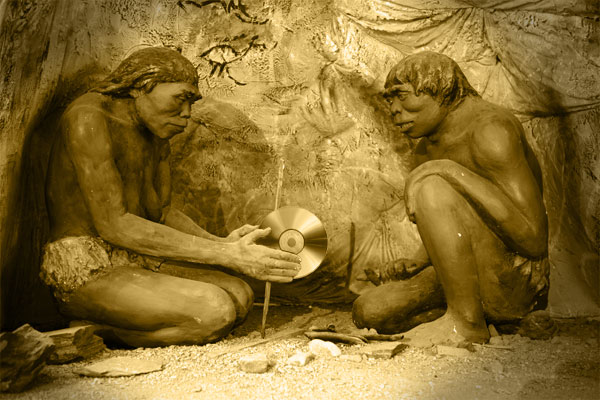Even in this age of digital streaming the CD still has value in the music industry.
Listeners, especially those of the younger generation understandably turn to streaming services like Spotify and Apple Music.
The outlook for the humble CD from some perspectives in the music industry may look a little dreary but the reality for many bands and music artists is that they aren’t seeing a slow down in CD sales at all.
Artists still want to offer something tangible to offer their fans.
Time and time again we hear from bands that the Merchandise table is an increasing and valuable source of revenue.
It is true, music lovers always want to buy something to take home with them, whether it be a CD or a T Shirt…they are affordable, and a link to the music they love.
Again the recent resurgence in Vinyl is testament to this, and artists who stock both CD and Vinyl on their Merchandise table have seen that while the vinyl did well, the CD’s sold out quicker; particularly older catalogues. An understandable outcome as Cd’s are easier to produce and cheaper to buy, also more profitable to sell than Vinyl….they also sound objectively better!
It would also appear from recent research that certain genres of music are more CD bias in their demand than others: these being, Indie, Jazz,Gospel,Classical ,Children’s and Seasonal (like Christmas Music).
All this points towards the music industry having room for all mediums of technology,Vinyl,CD and Digital .
Our consumer driven society dictates that we have right to demand that music is made available to us in every way that it can be. While there will always be many digital only albums almost all commercial releases continue to be available on CD also.
The CD’s resilience has been aided on a practical level by the process of Duplication which involves the burning of audio directly into ready made discs.
Duplication of runs of as little of 50 units enable the artist to go directly online and within hours upload audio and art and have the final product within days. Many also opt to have the product shipped directly to gigs as they travel, giving the ability to bump stock if needed and avoiding carrying weighty product with them.
The CD is still going strong!
Want more facts and figures, take a look here: www.fastcompany.com (the cd business isn’t dying)



